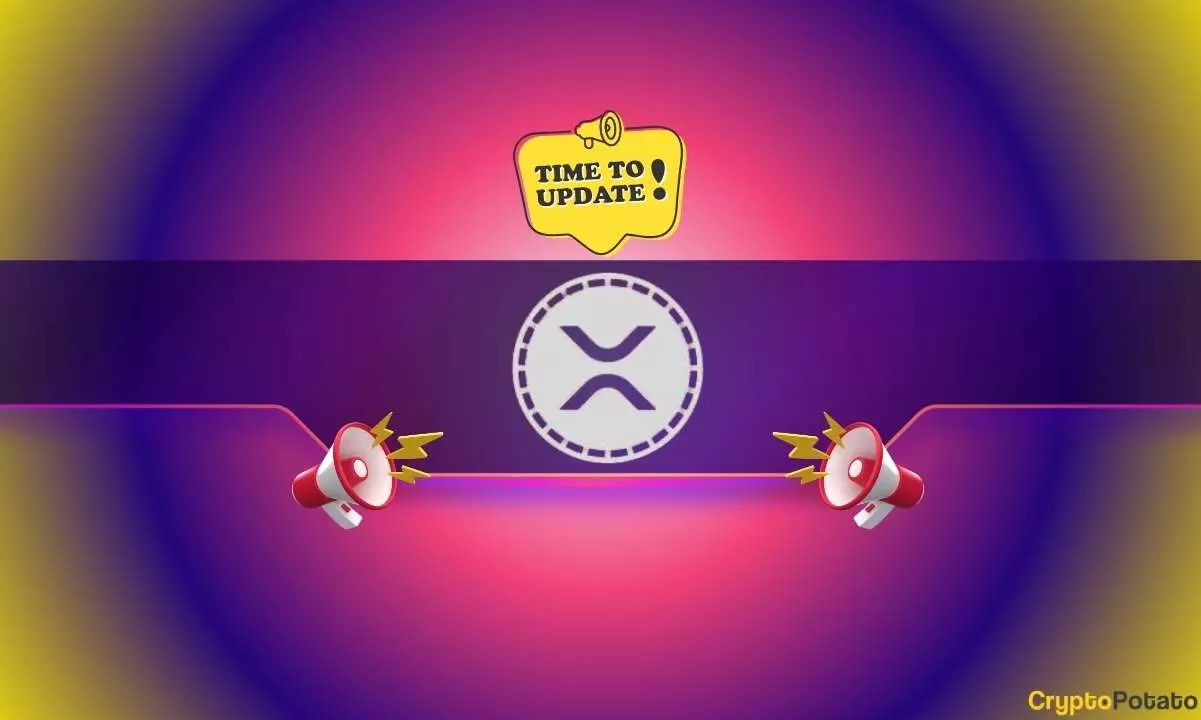In an era increasingly dominated by blockchain technology and digital currencies, Ripple has unveiled its plans for a new stablecoin called RLUSD, which will be pegged to the US dollar on a 1:1 basis. Announced in April 2023, this initiative positions Ripple to tap into the burgeoning stablecoin market, which is currently valued around $180 billion. With beta testing already underway as of August 2024, the launch of RLUSD is contingent upon receiving necessary regulatory approvals primarily from the New York Department of Financial Services (NYDFS). Ripple’s proactive approach to creating partnerships with established exchanges like Bitstamp, Bitso, and Uphold suggests a strategic commitment to ensure a broad and successful launch upon regulatory permission.
Monica Long, president of Ripple, highlighted in a CNBC interview that while the team is “operationally ready,” the launch hinges on regulatory clearance. This phase emphasizes the crucial role that regulatory approval plays in the cryptocurrency landscape. Given the scrutiny surrounding cryptocurrencies, Ripple’s experience navigating these challenges could be instrumental in their future initiatives. As Long stated, “It’s going to be in their hands when they are approving it,” underlining a reality check for many in the crypto space about the importance of compliance and regulation.
Future Projection of Stablecoins
Long’s optimistic view on the future of stablecoins is intriguing, predicting that the total market cap could inflate to over $3 trillion. This growth potential denotes a growing acceptance and demand for fast, reliable, and stable methods for transactions, which stablecoins offer efficiently. She also envisioned significant challenges to the dominance of the US dollar, suggesting a potential shift toward stablecoins pegged to various fiat currencies such as the euro and yen. This de-dollarization could reshape the global financial landscape, allowing for greater financial inclusivity through diversified options.
Market Context and Tether’s Dominance
Currently, Tether (USDT) reigns supreme in the stablecoin arena, with a market cap nearing an all-time high of $125 billion. This situates Tether as the third-largest cryptocurrency overall, trailing behind Bitcoin and Ethereum. Meanwhile, Circle’s USDC holds the second spot, reflecting the competitive nature of stablecoins. As Ripple approaches its launch, it will need to carve out its own market share, where Tether’s well-established presence poses both a challenge and a benchmark for success.
Stablecoins serve a critical function in the digital economy by facilitating quick transactions while minimizing volatility—two advantages that many cryptocurrencies struggle to provide. With the market shifting rapidly, the introduction of RLUSD could bring new dimensions to the ways consumers and institutions interact with digital assets. The anticipated advantages make stablecoins an attractive option for everyday payments and remittances, enabling seamless cross-border transactions while providing a safety net against the volatility common in other cryptocurrencies.
Ripple’s impending RLUSD launch holds significant potential, but its success will hinge on regulatory approval and market acceptance amidst fierce competition. As the stablecoin ecosystem expands, the influence of assets like RLUSD could redefine payment structures and global financial transactions in remarkable ways.














Leave a Reply